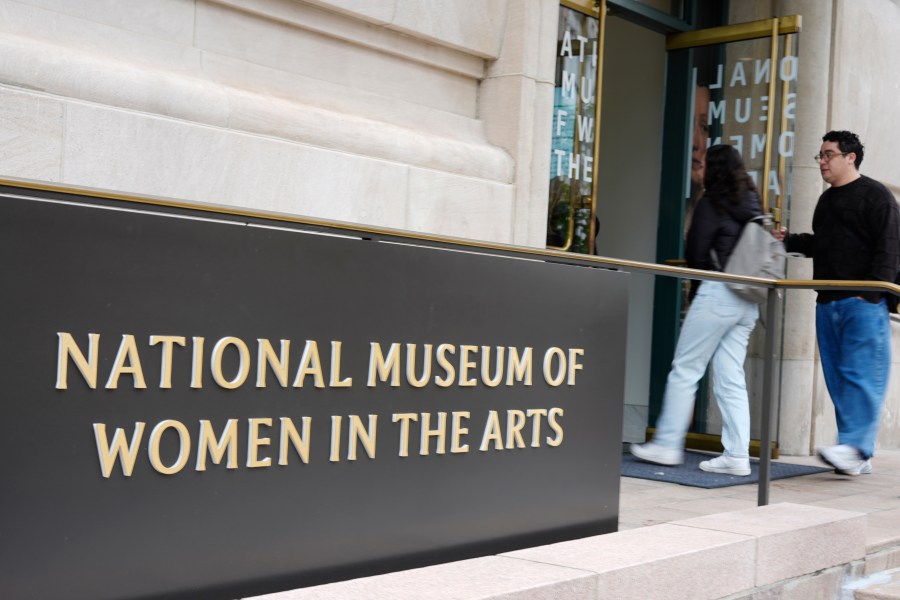The recent jewelry heist at the Louvre in Paris has prompted museum officials worldwide to reevaluate their security measures. Following the incident, which occurred on October 26, 2023, discussions began among institutions in Washington, D.C., including the National Museum of Women in the Arts. Security specialist Doug Beaver reported that he participated in Zoom meetings with local museums, including the Smithsonian and the National Gallery of Art, to develop an immediate action plan.
The Louvre heist has raised an urgent question among museum professionals: “Could that happen here?” While the need for heightened security is clear, many acknowledge the delicate balance between protecting art and maintaining accessibility for visitors. Beaver emphasized that the visitor experience remains paramount. “We want visitors to come back,” he stated. “We don’t want them to feel as though they’re in a fortress.”
Laurence des Cars, the director of the Louvre, described the security breach as a “terrible failure.” French police have since admitted to significant security flaws, with Paris Police Chief Patrice Faure revealing to Senate lawmakers that outdated systems have left the museum vulnerable. Notably, the Louvre was originally constructed as a royal palace, which complicates modern security requirements.
Redefining Security Measures
Many museums are grappling with the challenge of securing their collections while preserving their open and welcoming nature. A letter of support for the Louvre, signed by 57 museums globally, stated, “Museums are places of transmission and wonder,” highlighting the importance of accessibility in the cultural sector.
Experts in art law, such as attorney Nicholas O’Donnell, point out that museums often focus on immediate threats, such as vandalism and protests, rather than comprehensive security strategies. He noted that the Louvre’s initial response prioritized visitor safety amid fears of violence during the heist. “You want people interacting with the art,” O’Donnell remarked, expressing concern that stringent security measures can detract from the viewer experience, as seen with the iconic Mona Lisa.
The Prussian Cultural Heritage Foundation, which oversees state museums in Berlin, acknowledged its own need for security reassessment following the Louvre incident. The organization is using the heist as an opportunity to enhance its security architecture and is advocating for international collaboration and investment in technology and personnel.
Finding the Balance
As museums strive to maintain a balance between security and accessibility, Beaver foresees that the Louvre heist will lead to new protocols. One area of focus is the management of access for construction teams, noting that the thieves disguised themselves in worker attire. “Our goal isn’t to eliminate risk; it’s to manage it intelligently,” he explained.
The security landscape is changing, with institutions becoming increasingly vigilant in screening visitors. Robert Carotenuto, a former security officer at New York’s Metropolitan Museum of Art, emphasized the need for comprehensive measures that consider various risks. “If you’re just going to focus on one risk, your security system is going to have a lapse somewhere,” he cautioned.
The emotional toll of such security measures cannot be overlooked. Patrick Bringley, a former security guard at the Met, underscored the importance of maintaining the wonder that museums provide. “Art should be inviting,” he stated, lamenting that incidents like the Louvre heist make it harder for institutions to display their collections in a welcoming manner.
The Louvre heist is more than just a security breach; it serves as a reminder of the ongoing challenge museums face in safeguarding their treasures while fostering a sense of openness and accessibility. As institutions around the world reassess their security frameworks, the hope remains that they can preserve the magic of art without compromising visitor engagement.
